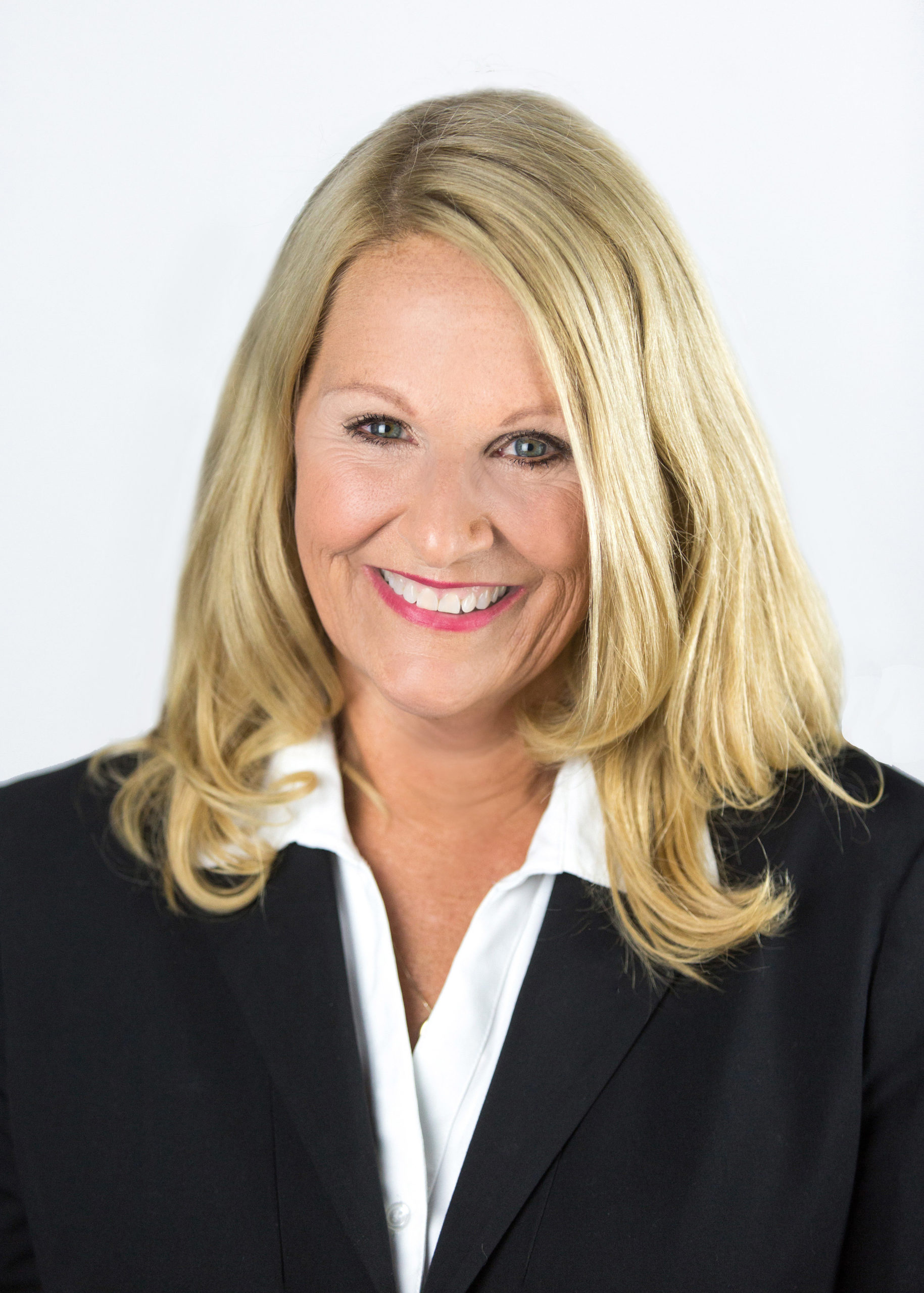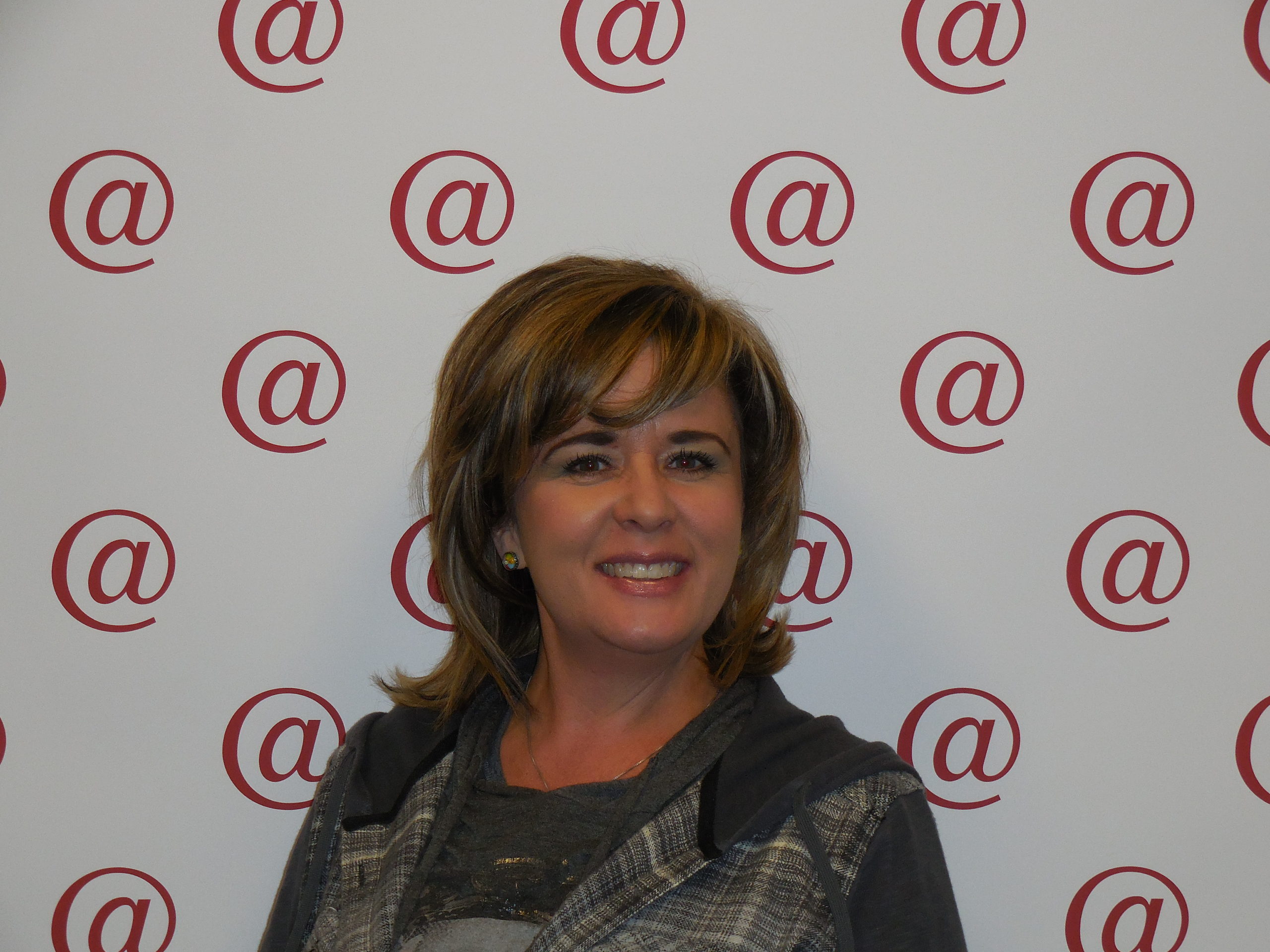Two areas that have suffered from COVID-19’s remote meetings are mediation and jury trials. In-person mediation is much more effective to help litigators become accustomed to an unfamiliar process, as well as bridging the gap and conveying the value of compromise considering all parties’ best interest. While some jury trials have reconvened in-person, with safety precautions of social distancing and face coverings, there comes great difficulty with keeping remote jurors accountable. Without being in a courtroom, jurors face many distractions and risk being impartial in observing the case.
The challenges of COVID-19 have also brought positive long standing impact for risk management and litigation, such as accessibility, diminished overhead costs, minimized barriers for entry into the workforce and education, increased collaboration and the destigmatization of working remotely leading to less productivity.

Seymour B. Everett, III
Managing Partner, Everett Dorey LLP
Summary of Qualifications
Sy is a trial attorney with extensive experience related risk management and loss prevention. As a member of American Board of Trial Attorneys and also a CPCU, Sy provides a unique perspective based on victories in the courtroom and pretrial resolution of high profile ground breaking cases. As a former adjunct ADR law professor at USC Gould School of Law, Sy understands what it takes to effectively mitigate losses, mediate and resolve cases. Also, as a former elected official in the State of California he provides policy and governmental insight to defending public entities. He is considered a preeminent speaker on the Impact of Covid-19 on litigation and risk management, having presented numerous presentations on the topic to national, state and local organizations.
Responsibilities
Sy is the co-founder and managing partner of Everett Dorey LLP. Everett Dorey LLP is a full service civil litigation with offices in Northern and Southern California. Everett Dorey LLP prides itself on its legal acumen, trial record, experience and its ability to put clients in the best position to succeed. The core values of the firm include unmatched responsiveness, cutting edge technology, a commitment to diversity, gender equity and the recruitment and retention of exceptionally talented litigators. As a lead trial attorney, Sy is responsible for numerous high exposure trials and the retention, training and mentoring of attorneys and risk professionals.
Business Experience
Prior to Everett Dorey LLP, Sy was the managing partner and also an equity partner at an AMLAW firm. As the co-founder and managing partner of Everett Dorey LLP, he works closely with his partner, Samantha Dorey, to manage all aspects of the Everett Dorey LLP business.
ERM Experience
Sy has served as a consultant to leaders of numerous public entities, joint power insurance authorities, private insurance carriers and private businesses concerning ERM programs.
Professional Affiliations
ABOTA (American Board of Trial Attorneys) member, CPCU designation, Super Lawyer designation and nationally ranked Lawyer of Distinction.
Education
Sy obtained his undergraduate degree in political science from UCLA and his law degree from Seton Hall University School of Law. In addition, he holds the CPCU designation.
While there are many factors that determine the outcome of a claim, the most significant influence is the decline in health of the claimant, which leads to increased costs and a longer duration. The rate of chronic conditions are on the rise for all American age groups. At the current rate, 42% of Americans will be severely obese by 2030.
Dr. Kimberly Gaston elaborates on:
- How complicating health conditions can influence workers' compensation and injury management
- How employee health management systems impact injury, recovery benefit and utilization
- The different employee health management system administration options
- The impact these systems have on COVID related health and disease prevention

Kimberly Gaston, MD, DC
Clinical Field Service Director, Insurance Program Managers Group
Summary of Qualifications
Kimberly is a safety and health advocate dedicated to improving the health, well-being, and safety of employees. She is accredited with her medical degree from the University of Health Sciences Antigua School of Medicine, chiropractic license and Bachelor of Science in human biology from Northwestern Health Sciences University, is certified through the National Wellness Institute as a corporate wellness program manager and attained her Law Enforcement Fitness Specialist Certification through Cooper Institute.
Responsibilities
Kimberly has spent 24 years of her career working with employers to expand the traditional employee wellness model into a true, comprehensive workforce health management approach with the focus of integrating safety and health to minimize the risk and exposure of illness and injury.
Business Experience
- Clinical work comp and insurance
- Alternative risk space
ERM Experience
Kimberly has worked for Insurance Program Mangers Group since February of 2012. She started as a risk management consultant for public entities. This included onsite and remote risk management assessments and employee/supervisor training, accident investigation and implementation of modified return to work programs.
Professional Affiliations
PRIMA, SIIA, IBI, Disability Management Employer Coalition
It’s imperative to understand how to manage the ongoing risks and consequences of the current COVID-19 crisis at hand. In order to do so, it is necessary to understand new information about how the virus is spread and compare the efficacy of precautions and personal protective equipment as well as the long-term consequences of the virus, even for asymptomatic individuals.
In today’s episode, Dr. Teresa Bartlett explains:
- The duration of quarantine pending COVID-19 exposure
- The distribution of Pfizer’s vaccine that is currently in trial; and how it must be administered
- The latest clinical research
- CDC’s recent change for definition of close contact
- The impact related to physical and mental health

Teresa Bartlett, MD
Senior Medical Officer, Sedgwick
Summary of Qualifications
Teresa's background in family medicine led to a business career with a large automotive manufacturer. She has managed large self-insured, multi-state workers’ compensation programs and the Canadian workers’ compensation program. The short term disability (STD) program which she managed was union negotiated.
Responsibilities
As medical director for Sedgwick, Teresa is the senior advisor in matters affecting the design and delivery of medical management services for the company’s claims clients. She provides strategic counsel and operational support in all areas of medical management including case management, return-to-work, medical outcomes protocols, pharmacy interventions, telemedicine and health and safety matters. Teresa also advises on best practices to integrate the delivery of occupational and non-occupational medical services and the matters affecting healthcare as part of the claims services process.
Business Experience
Sedgwick experience includes clinical operations, utilization review, pharmacy management, consult and guidance for clients in matters of COVID-19 and clinical management of casualty and disability claims.
Professional Affiliations
Crisis Text Line Crisis counsellor volunteer
Business Insurance Foundation Board (Cannabis, W2W)
Education
Bachelor of Science
Medical Doctor
Public-private partnerships differ greatly depending on the project - some examples can include: parks, prisons, charter schools, toll roads, university housing developments and hotels. The increase in popularity for public-private partnerships is due to aging infrastructure and smaller government budgets, but they’re also rich in complexities that come with the joint venture, so the following points need to be established contractually as early as possible.
- Ownership: public or private entity?
- State law immunity protection
- Insurance benefits: availability, price and length of coverage
- Specific applicable insurance coverage
- Indemnification and liabilities
- Responsibility of construction and ongoing operations
- Employment sourcing, management and compensation
- Risk reduction and management
The protection of public entities under state law vary for each state. What a public committee can be sued for and the limitations of how much the public entity can be held liable for damages is particular to the partnership, with most states requiring the partnership to be owned by the public entity in order for governmental immunity protection. In considering the intricacies of public and private entities working together, the risk management perspective is invaluable in the process - being able to foresee risks, challenges and implementing safe programs that minimize liability.

Amanda Franklin, JD
Director of Risk Management, Wheaton College
Summary of Qualifications
Amanda is a licensed attorney in the states of Louisiana and Texas. She has assisted numerous public entity clients who are considering entering into public private partnerships through training, contract review, and analysis from a risk management perspective.
Business Experience
Assistant Criminal District Attorney, Tarrant County, Texas, 2006-2010
Independent Risk Management Consultant, 2010-2011
Area Assistant Vice President, Arthur J. Gallagher & Company, 2011-2020 Director of Risk Management, Wheaton College, Present
Professional Affiliations
Member of National and Louisiana chapters of PRIMA
Education
BA, Political Science and Religion, Baylor University
JD, Baylor University School of Law
Audits are an analysis under prescribed standards, normally undertaken by a qualified independent firm. They're looking to follow national or state guidelines, and are marginally collaborative between the auditor and the client. A performance review is a much broader view, blended of informal and formal activities, and can be conducted internally or externally. Whereas benchmarking, is a very informal process in which predefined quantitative and qualitative analysis is based on the entities’ key metrics using either national standards, such as IRIS - the insurance regulatory information systems - but it's important to understand the IRIS standards are really not mandated or applicable in the public entity or the public sector.
The audit, performance review and benchmarking are all tied together, but it's very difficult to do a performance review or benchmark without having the financial auditing information serve as the foundation. Your performance review and benchmarking are integral in managing and implementing activities that either are derived from the performance review or key activities that may arrive out of the audit process itself.
Each protocol has a specific role and different areas of involvement that a public entity is pulling when undertaking an audit, performance review or benchmarking study. It’s valuable to understand the data formulated within each process and how the information is used within the entity itself.

Mark Nestor
President, Independent Consulting & Risk Management Services, LLC
Summary of Qualifications
Mark has worked in the capacity of a public entity pool manager and consultant for pools for four decades. He has assisted public entity pools and their leadership teams in the development of management tools to enhance overall operational performance and provide more effective services to pool members.
Mark has hands on experience in developing and managing pooling functional activities to include marketing/membership, underwriting /policyholder services, claims handling, loss control/risk management/education and training, information technology services, reinsurance and excess placement and overall program management services.
Responsibilities
Mark is responsible as the primary contact with all ICRMS clients for consulting services. Along with pools, Mark has provided consulting and auditing services for large self insurance clients to include colleges and major private contractors providing services to state agencies. He has also provided strategic planning and merger and acquisition analysis services to insurance carriers as well as municipalities for long range forecasting of potential municipal citizen needs with horizons from 5 to 20 years out.
Business Experience
With 35 years in managing and consulting with public entity pools in 23 states, Mark has worked with over 75 different P/C & WC pools in the country regarding auditing, management consulting, performance reviews, strategic planning facilitation, underwriting, policy coverage documents and reinsurance evaluation. He also has assisted pools with the development of RFPs for select services including new service providers.
Mark was a Senior Vice President of a Midwest third party administrator which managed five different PC/WC public entity pools around the country for 18 years.
Mark also has experience as a municipal risk manager and a sworn police commissioner in the State of Michigan.
Professional Affiliations
AGRIP, former Certified Safety Professional
Education
BA State and Local Government, Licensed Insurance Counselor, Associate in Risk Management, Accredited Advisor in Insurance and Certified Workers Compensation Professional
As a company, it's important to understand how to comply with OSHA standards in order to avoid violations.
This podcast details what a safety program looks like, the top ten OSHA violations, who needs a safety program and when training has to be implemented.
The top ten categories containing the most OSHA violations:
1. Fall Protection
2. Hazardous Communication (not having an actually written program or information readily available)
3. Scaffolding
4. Control of Hazardous Energy (the employee is properly trained)
5. Respiratory Protection (OSHA has made some adjustments due to COVID-19)
6. Ladders
7. Powered Industrial Trucks (retraining every three years, and who can train)
8. Training Requirements for Fall Protection
9. Machine Guarding (what do general requirements mean - all items that have a point of operation)
10. Personal Protective Equipment
Not every organization has the same exposure to hazards. At minimum, training is handled at hire or at the onset of a particular task, but each organization must evaluate what safety program and standards apply to their industry.

Erica Moncayo
Sr. Risk and Safety Consultant, New Mexico Mutual
Summary of Qualifications
Erica has over 16 years of education in business administration and safety and health. During the last eight years, she has studied and received several credentials up to her Master Certifications in Risk Management through the University of Texas at Arlington.
Key accomplishments:
- identifying, assessing, reviewing and monitoring risk management and safety services for policyholders to reduce exposures, improve workplace safety, and reduce the frequency and severity of claims.
- Conducting risk management & safety assessments required by statutory or regulatory authorities which includes the Workers’ Compensation Administration’s Risk Reduction Program.
- Develop and deliver risk management and safety training to internal and external stakeholders aligned to policyholder’s requirements and regulations
- As a recognized safety subject matter expert, serve as a consultant to policyholders and internal New Mexico Mutual employees by providing professional guidance on developing and implementing safety programs intended to minimize or eliminate claims.
- Draw on personal experience in New Mexico industries to service policyholder accounts with business operations in farm & ranch, construction, and tactical training (Guns).
- Work with cross-departmental experts at New Mexico Mutual to develop training in all workers’ compensation functions to identify, design and deliver workers’ compensation seminars, workshops and courses.
Business Experience
Erica has six years as a risk and safety consultant with New Mexico Mutual (Work Compensation Carrier). Her primary responsibility is public entities.
As the senior risk and safety consultant, she empowers internal and external stakeholders to identify and mitigate hazards in the workplace resulting in the reduction of losses, and protection of policyholder and organizational assets. This is accomplished by applying strategic risk management and safety principles to assessments and education for prospective and existing policyholders, and by providing specific results for underwriting/New Mexico Mutual to ensure policies are properly rated and serviced. Erica also has eight years as a contractor for the National Shooters Sports Foundation - Conducting OSHA and EPA mock audits.
Professional Affiliations
- Member of PRIMA - Public Risk Management Association
- National Shooters Sports Foundation - Contract Consultant
Education
- Associates in Business Administration - (AA) Central New Mexico Community College
- Bachelor’s Degree in Marketing and Management (BA) - Lewis University
- Masters in Business Administration, concentration in management - Lewis University
- Specialist in Safety and Health General Industry (GI) and Construction - University of Texas at Arlington (UTA)
- Certified Safety and Health Official (CSHO) General Industry (GI) and Construction - UTA
- Safety Health Environmental Professional (SHEP) - UTA
- Master Certification Risk Management -UTA
- Authorized OSHA Outreach Trainer GI and Construction
- Authorized National Safety Council (NSC) Defensive Driving Instructor
- Authorized National Safety Council (NSC) First Aid, CPR and AED Instructor
With the COVID-19 crisis, it's more difficult to predict how claims are going to play out. Some factors to take into account include the benefits of having aggregate coverage vs. specific coverage, as well as some of the most important considerations for a self-funded employer:
- Taking a "laser"
- Premium rate cap
- Aggregate accommodation
- Terminal liability option protection
- Additional stop-loss enhancements
Additionally, it is important to determine what can lead to pitfalls with stop-loss claims as well as the methods necessary to avoid them.

Lisa Stamm, Esq.
VP, Consulting Services, Sherrill Morgan
Summary of Qualifications
Lisa is a graduate of Northern Kentucky University and the University of Cincinnati College of Law. As a licensed attorney, she is able to consult with clients regarding applicable state and federal laws that are applicable to their health plans. She is also knowledgeable about compliance with applicable laws, including the ACA, COBRA, ERISA, and HIPAA. Lisa is also an expert and featured speaker on regulatory issues, particularly as they relate to health care reform. She is a regular speaker at local, regional, and national conferences.
Responsibilities
Lisa is the VP of the consulting division. She and her team oversee all self-funded groups. She is the primary contact for our clients regarding regulation, compliance, and health care reform issues and questions. She has an outstanding track record in reducing and maintaining plan costs. Her vast experience makes her invaluable to our clients.
Business Responsibilities
Lisa leads the self-funded division at SHERRILL MORGAN. Her team employs innovative new tools and plan designs to save clients money and allow them more control over their health plans. She is an expert at contract review and negotiation and strives to provide clients with the best possible service.
Professional Affiliations
Lisa has been a member of the Kentucky Bar Association since 1992
Education
Northern Kentucky University - B.S. in Finance, 1989
University of Cincinnati College of Law - J.D., 1992
From a legal standpoint, it's valuable to distinguish a class action lawsuit from traditional lawsuits. For your organization, the difference in cost between a traditional lawsuit and a class action lawsuit can be hundreds of thousands dollars, and the difference in preparation requires another extensive layer to coordinate your defense. It is important to understand the three tiers of lawsuits, and more importantly how to handle class action claims. The primary action is to focus on the class certification and to determine whether it can upheld to the requirements or if it will be easy to defeat because that can make the greatest difference in the case.

Sarah Schmitz
Claim Manager, Intact Insurance Public Entities
Summary of Qualifications
Sarah has worked as a claim manager and claims attorney at Intact Insurance Public Entities (formally OneBeacon Government Risk) for 11 years, handling a wide range of claims for small businesses, hospitals, public entities, law firms and real estate brokers.
Responsibilities
Sarah currently manages a team of claim attorneys and adjusters handling public entity claims including auto, general liability, law enforcement liability, public officials errors and omissions coverage, benefits coverage, and employment practices coverage. She also directly handles high exposure public entity claims directly.
Business Experience
Prior to working at Intact Insurance Public Entities, Sarah was a senior associate attorney at Minneapolis-based defense firm, Meagher & Geer. In that role, she was a member of the Insurance Coverage and Litigation/Insurance Defense groups.
Sarah clerked at Kennedy & Graven, a boutique municipal law firm for 2.5 years, working directly with local municipalities on a range of issues from takings, First Amendment issues, billboards, ordinance drafting and employment claims. Prior to law school, Sarah worked for the City of De Pere and the City of Green Bay, WI in the Park and Recreation and the Public Works departments.
Sarah served two terms on the Minnetonka, Minnesota Planning Commission.
ERM Experience
- Prior speaker at several National PRIMA and local PRIMA conferences.
- Prior speaker/panelist at National and Regional CLM conferences, DRI Insurance Coverage and Claims Institute, and Regional PLRB meetings.
Professional Affiliations
- Certification in Litigation Management (2018) from the CLM.
- Licensed Property and Casualty Adjuster (all states)
- Minnesota State Bar Member
- Co-Chair CLM Municipal Committee
- Director of Membership-CLM Twin Cities
- Prior PLRB Products and Services Committee Insurance Representative
Education
- JD from Hamline School of Law 2004.
- BA-University of Wisconsin-Eau Claire 1998 (BA-Communications/Business)











